There can be your advertisement
300x150
It's Time Already: Which Autumn Plants to Plant Now
That autumn is approaching does not mean the joy of gardening has to end: you can prolong your interaction with beloved plants and start planning for the upcoming spring.
Mini-cheat sheet for everyone planning to go to the dacha in autumn. Experts from Derevo Park share what else you can plant and how to prepare your garden for the cold.
Conduct an Inventory
Create a list of what you like about your garden and what you'd like to change. Which plants have grown too large? Do your flower beds look good or should they be modified and enhanced? Think about projects for next year: building a patio or setting up a water feature.
 Pinterest
PinterestTransplant Perennials
Carefully inspect your garden. Perhaps your rhododendrons don't thrive well in full sun, or the spirea would look better at another end of the garden?
Now that it's getting cooler, you can divide and relocate perennials. Late summer and early autumn mark the second root growth period of the year: plants store nutrients and can tolerate transplanting with minimal stress. Mulch the roots with a layer of mulch for additional winter protection.
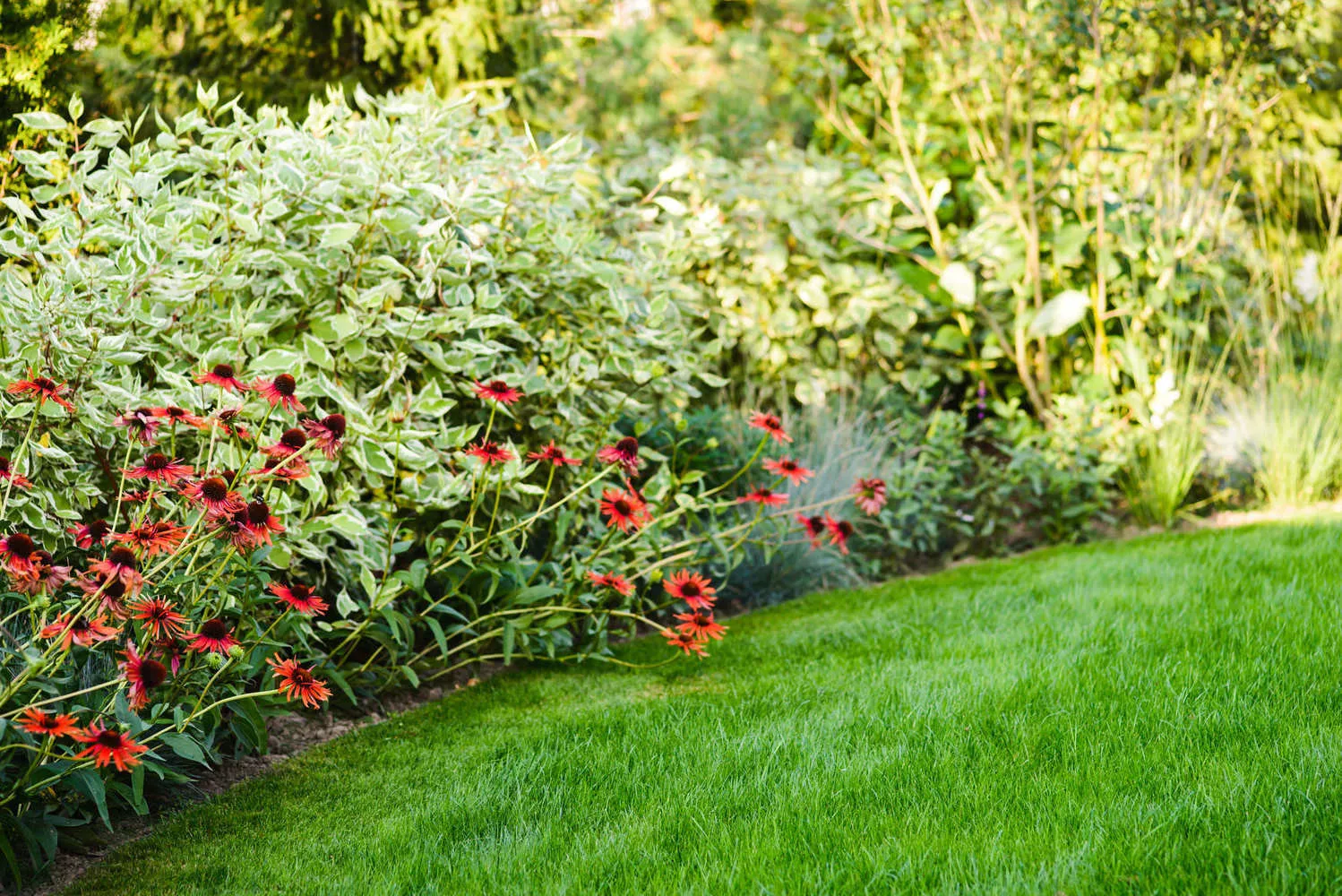 Pinterest
PinterestDo Autumn Shopping
We're used to visiting garden centers in spring, but many late-season plants don't look appealing early in the spring, so some nurseries don't even put them up for sale. But in late summer and early autumn, they can be seen at their best and bought at a discount.
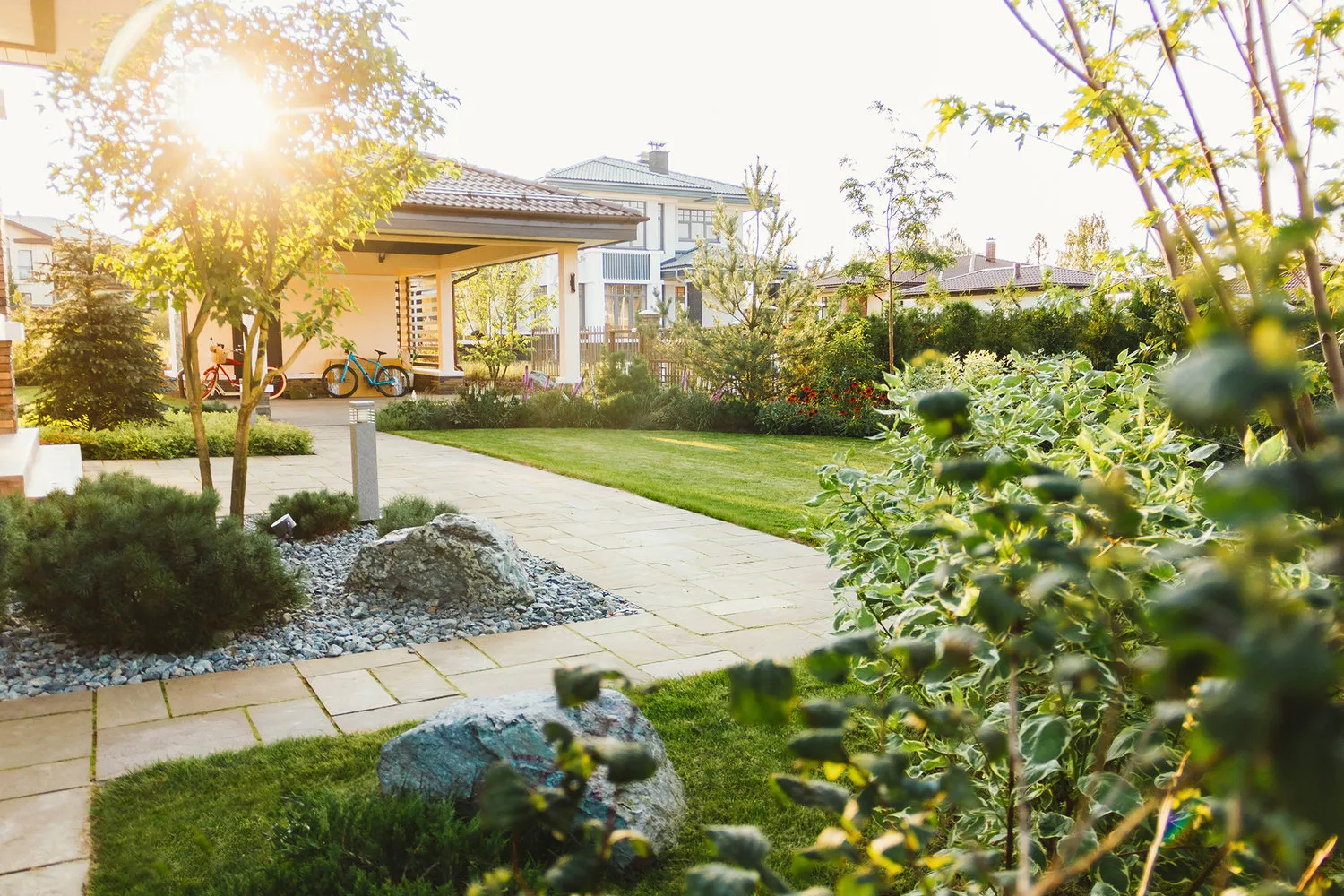 Pinterest
PinterestDon't Forget Bulbs
Narcissus, hyacinths, tulips or the now-popular exotic bulbs will beautify your garden in early spring if planted in autumn. By the way, it's best to buy bulbs in late summer.
Rare varieties sell out quickly, and if you want your plantings to perfectly match your original plan, it’s better to act fast. Many rare varieties can now be ordered by mail, which also takes some time. It’s better to prepare in advance.
Tip: If you don’t want your garden to look empty, combine flower beds with spring- and autumn-flowering plants. For example, narcissus and muscaris can be paired with brunneras and baptlias.
Before winter arrives, you’ll enjoy a combination of Hosta versicolor and Karl Foerster Feather Reed Grass. Hosta blooms in late June, when the feather reed grass only produces a bunch of green leaves. But by August, the scene changes: the honey-colored blooms of Hosta contrast beautifully with the sharp feathery plumes of the grass.
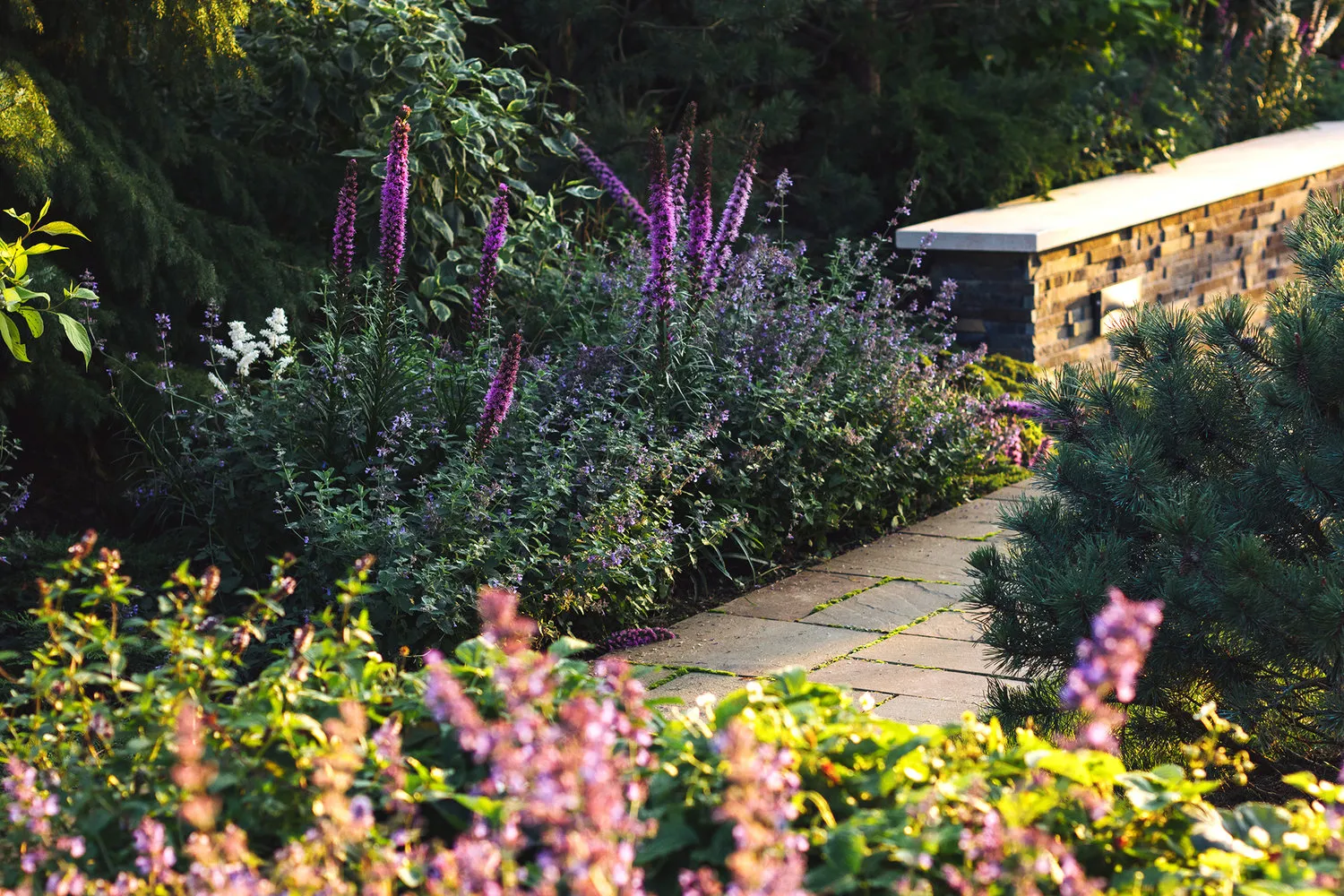 Pinterest
PinterestWork on the Vegetable Garden
You still have time to plant your vegetable garden and harvest a crop: greens, aromatic herbs, and peas. They fit perfectly into a decorative vegetable garden instead of plants that have finished their season.
Below is a list of several plants that germinate quickly and, if sown now, can yield a decent harvest:
spicy greens (arugula, mustard);
lettuce;
peas (look for dwarf and disease-resistant varieties);
spinach;
onions.
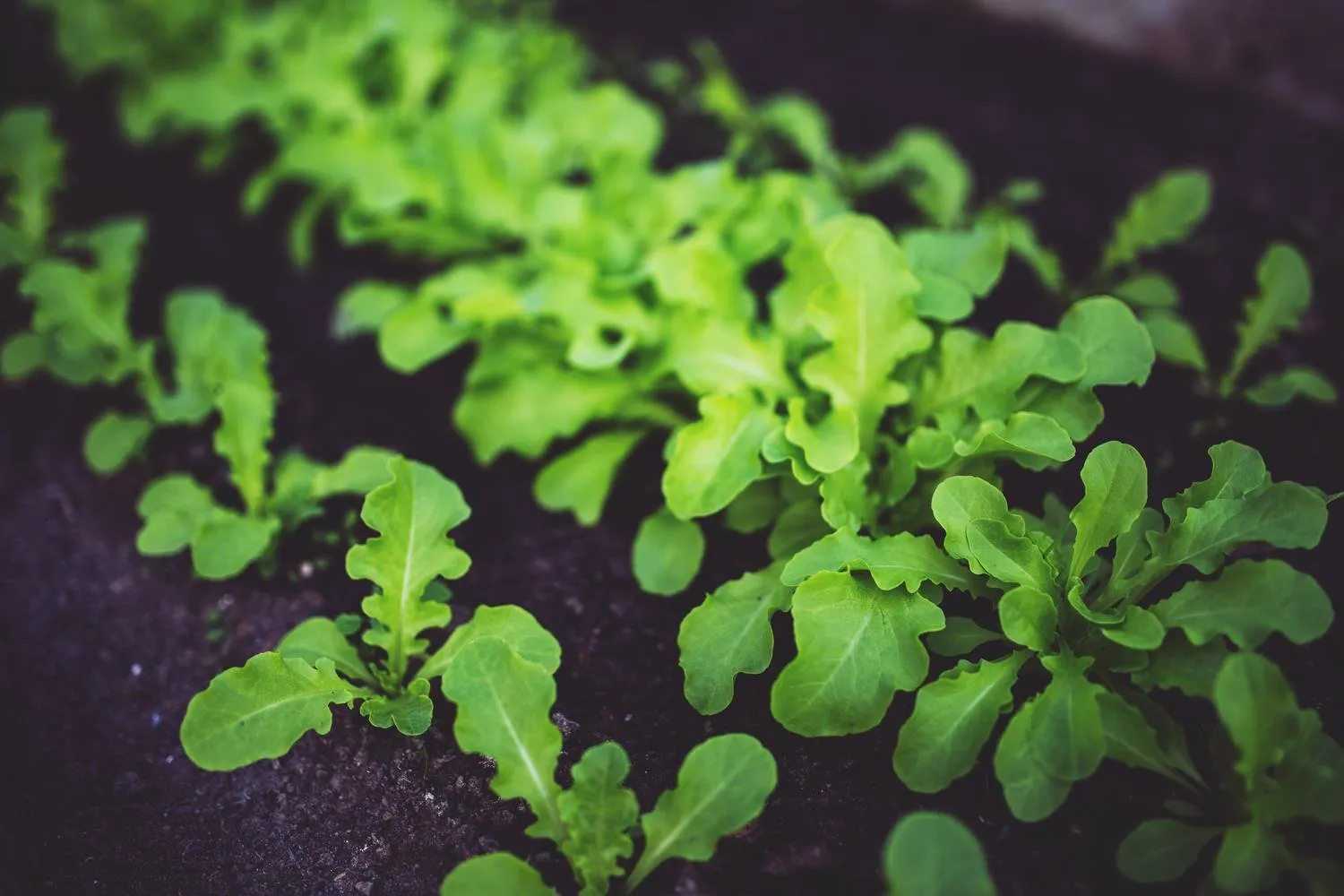 Pinterest
PinterestThere’s another category of garden crops that need time to develop their root systems. Thus, it’s better to plant them now and let them overwinter to get a good yield next season:
garlic (September – October);
scallions (September – October);
berries (e.g., blueberries).
Take Care of Nature
Instead of throwing lawn clippings and organic waste into plastic bags and cluttering landfills, try turning them into organic fertilizer (compost). You can use it for mulching before winter or to restore soil in early spring.
To make compost, layer the waste and let it decompose. If you want to mulch the soil before winter, remove already mature compost from the compost bin (it looks like brown soil) and spread it in circular areas around shrubs and trees.
If you want to use the fertilizer in spring, leave the layered organic waste and use the mature compost during spring work.
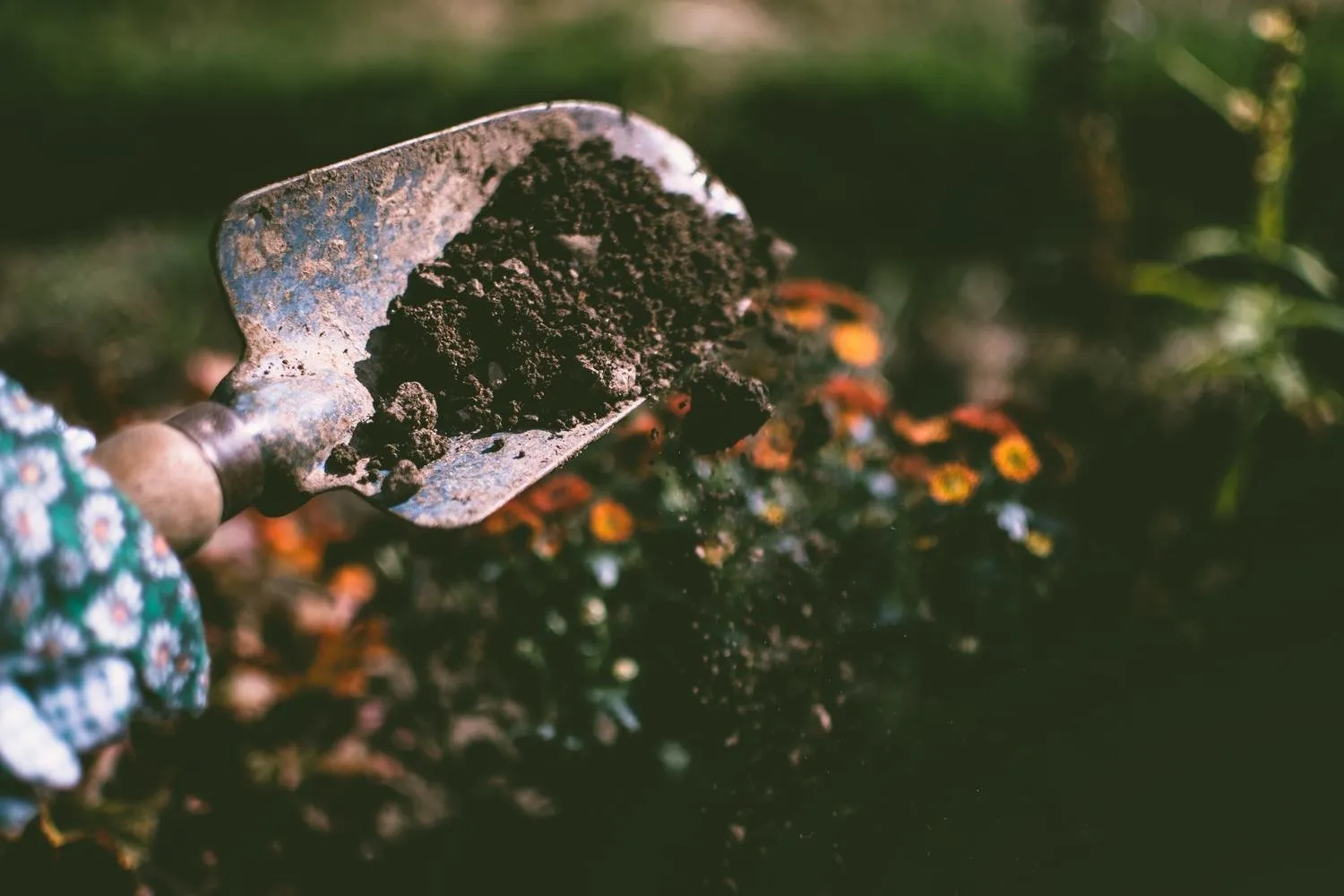 Pinterest
PinterestPhoto on cover: Design by Irina Lukyanova
More articles:
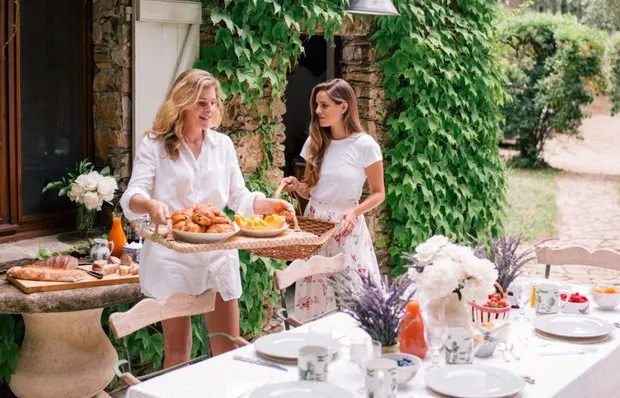 How to Get Along with Your Husband's Relatives on the Dacha
How to Get Along with Your Husband's Relatives on the Dacha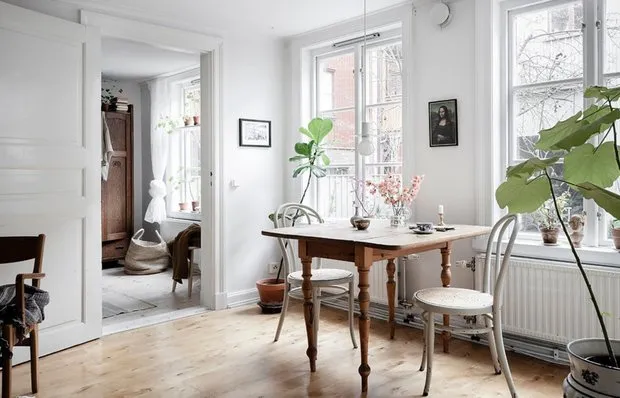 2-room apartment in Sweden: Scandinavian design on a small budget
2-room apartment in Sweden: Scandinavian design on a small budget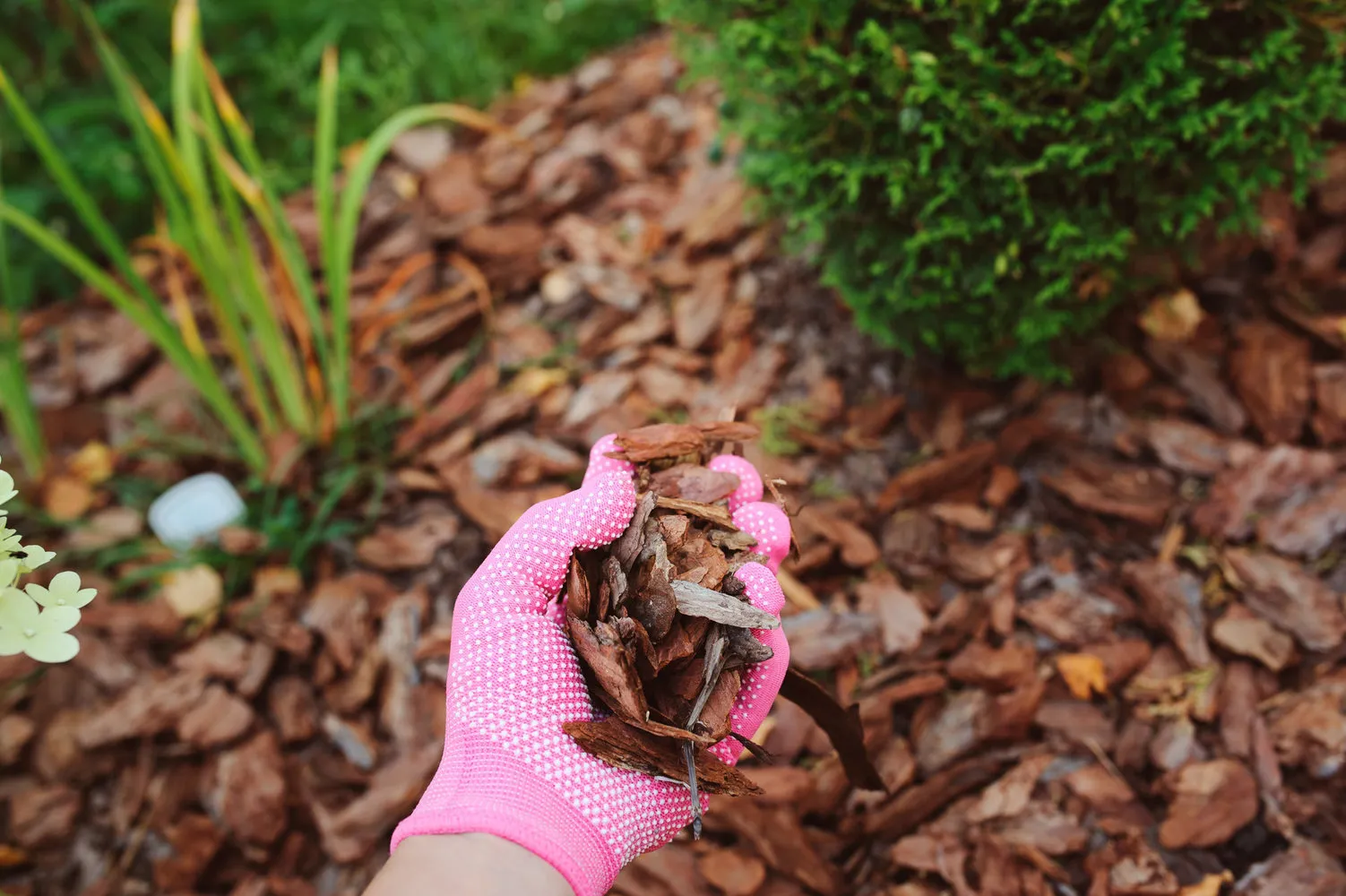 What to Do on the Dacha in July: 6 Important Garden Tasks
What to Do on the Dacha in July: 6 Important Garden Tasks Bright Summer House in Southern Spain
Bright Summer House in Southern Spain Personal Experience: How We Built a House and Spent 4 Million Rubles
Personal Experience: How We Built a House and Spent 4 Million Rubles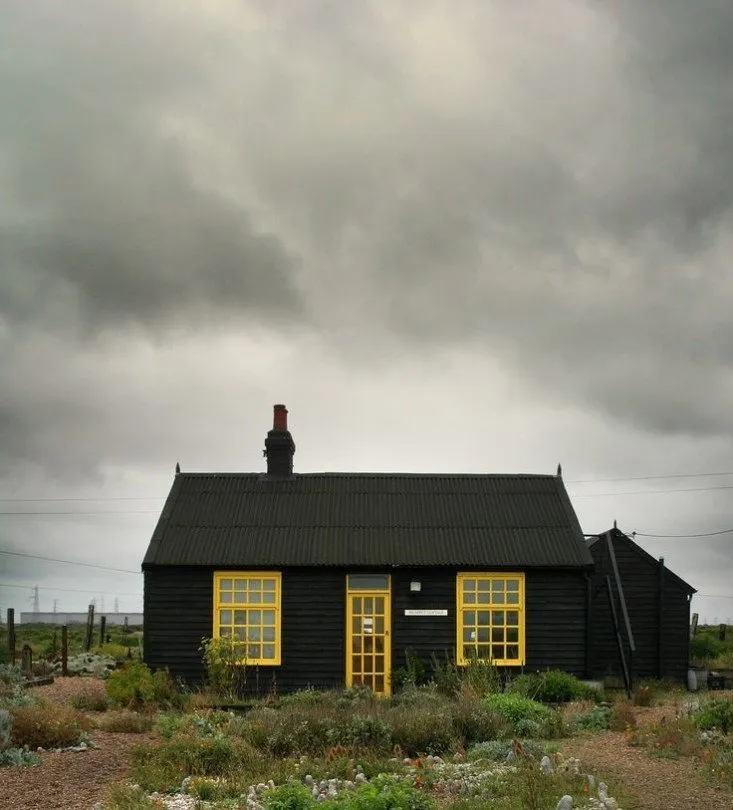 8 More Ideas for the Country House, Inspired by Scandinavian Huts
8 More Ideas for the Country House, Inspired by Scandinavian Huts Relocation: Why and How Was the Kitchen Moved to the Corridor?
Relocation: Why and How Was the Kitchen Moved to the Corridor?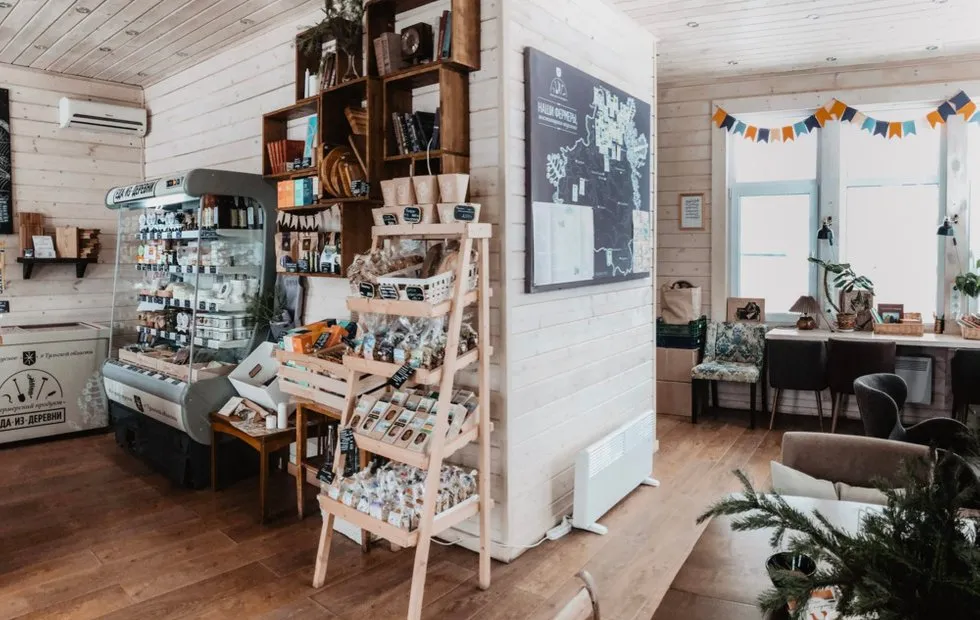 If You Don't Have a Country House: 5 Atmospheric Places for Nature Retreats
If You Don't Have a Country House: 5 Atmospheric Places for Nature Retreats